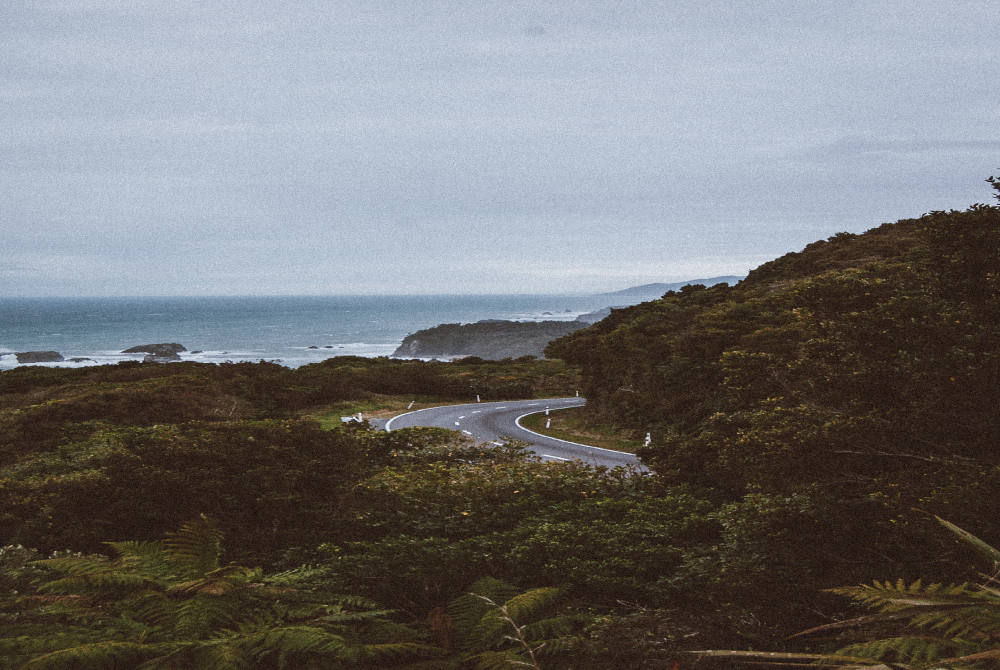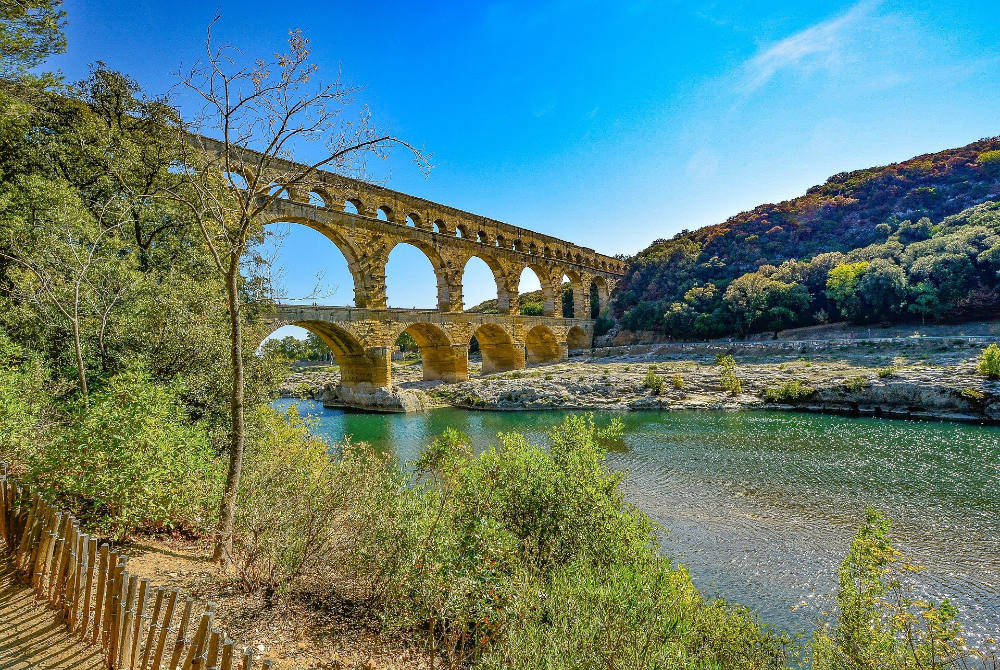Nestled between the foothills of the Alps, fragrant garrigue and the shores of the Mediterranean, Provence and the French Riviera offer far more than postcard-perfect landscapes. These are lands steeped in history, traditions, and local customs that shape a distinctive art of living, revealed in every village square, bustling market and scenic footpath. Before setting off to explore, a few insider tips and charming anecdotes will help you fully appreciate the unique character of these exceptional destinations.
While the region is a delight year-round thanks to its mild climate, the most pleasant seasons to visit stretch from spring to autumn. In May and June, poppies paint the hillsides red, and the first lavender fields come to life. Summer brings a flurry of festivals, open-air markets and long, warm evenings under a flawless sky. The golden light of late season in September and October transforms the landscape during grape harvests and olive picking. For those seeking peace and quiet, winter remains gentle and serene, offering deserted calanques and tranquil hilltop villages.
The road network across Provence and the Riviera is a pleasure to drive, winding past breathtaking vistas, farmers’ markets and charming roadside cafés. For a truly immersive experience, venture onto the small country roads that snake between olive groves, vineyards and medieval hamlets. Along the coast, dramatic clifftop roads overlook the shimmering Mediterranean, while sturdy walking shoes are essential for exploring rocky calanques or the cobbled lanes of perched villages such as Èze or Gordes.
Local legend has it that sun-warmed pebbles from lavender fields continue to release their soothing fragrance after sunset. Provençal households often slip a few small stones under their pillows on summer nights to encourage restful, gently scented sleep — a discreet tradition still cherished in some homes.

The region boasts a vibrant artisan tradition: perfumed soaps, terracotta santons, hand-painted ceramics, and Provençal textiles fill markets and workshops alike. Marseille soap, crafted with olive oil and plant-based soda since the 15th century, remains a symbol of authenticity. Today, it comes in a variety of fragrances while preserving its natural, hypoallergenic, and moisturizing virtues. In villages like Biot and Tourtour, ancient skills endure, notably the production of bubbled blown glass.
With over 300 days of sunshine a year, the Mediterranean climate ensures blue skies and golden light. In summer, temperatures easily soar above 35°C, especially along narrow village streets and coastal paths. Sun protection and hydration are essential. The mistral, a dry, powerful wind, can sweep through unexpectedly, clearing the skies and refreshing the air — leaving breathtaking, far-reaching views in its wake.

The very name Provence dates back to Roman times when the territory was named Provincia Romana. Roman arenas in Arles, the Pont du Gard aqueduct, ancient roads, and villa ruins remain scattered across the countryside. Another historic route, the Route Napoléon, traces the Emperor’s 1815 journey from exile, winding through the Provençal countryside past monuments and commemorative plaques. Beyond its heritage appeal, it’s one of France’s most scenic drives.

Local Traditions and Anecdotes :
- The cicadas, inseparable from Provençal summers, sing from June to August once temperatures rise above 25°C. Tradition holds that their song heralds beautiful sunny days.
- In Èze, it’s said that philosopher Nietzsche composed part of Thus Spoke Zarathustra while climbing the steep path from the sea to the village, now known as the Chemin de Nietzsche.
- Late afternoons are for pétanque and apéritif: shaded village squares come alive with the clink of metal boules and glasses of chilled pastis or rosé.
- Provençal markets, dating back to the Middle Ages, have preserved their traditional layout: food stalls at the center, surrounded by olive oil producers, honey vendors, confectioners, and antique dealers on the edges.
- In coastal towns like Cagnes-sur-Mer and Antibes, markets start at dawn, perfect for sampling crisp panisses (chickpea fritters) or a warm slice of pissaladière alongside heaps of fresh produce, cheeses, and flowers.